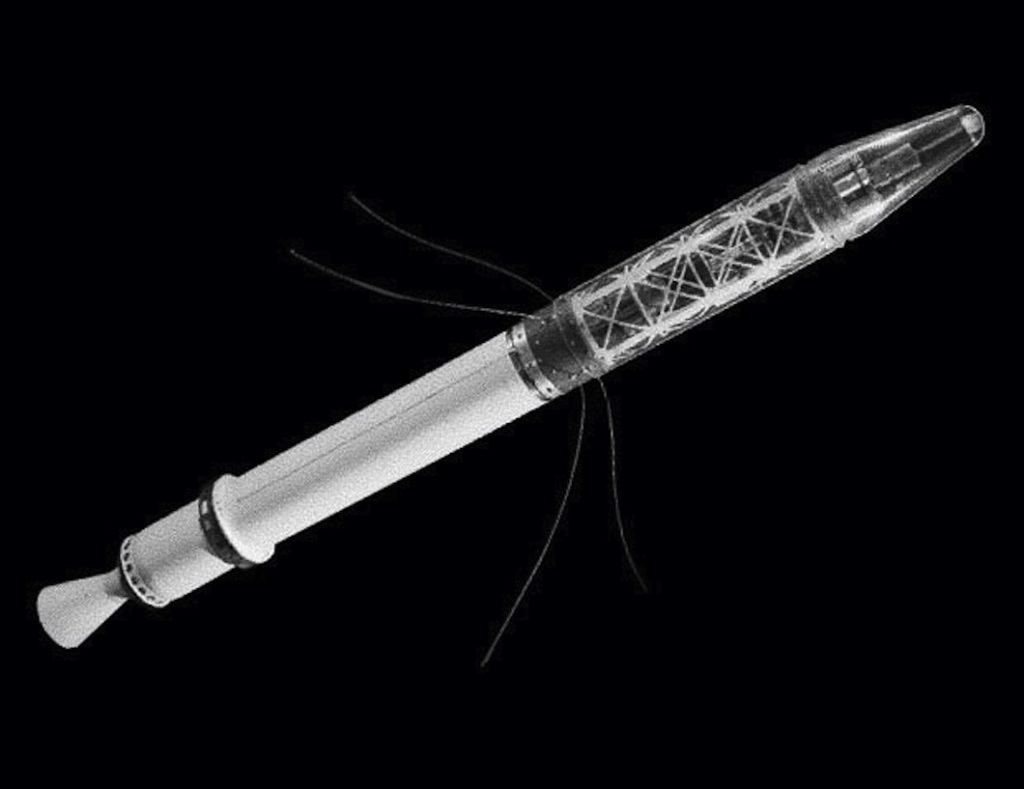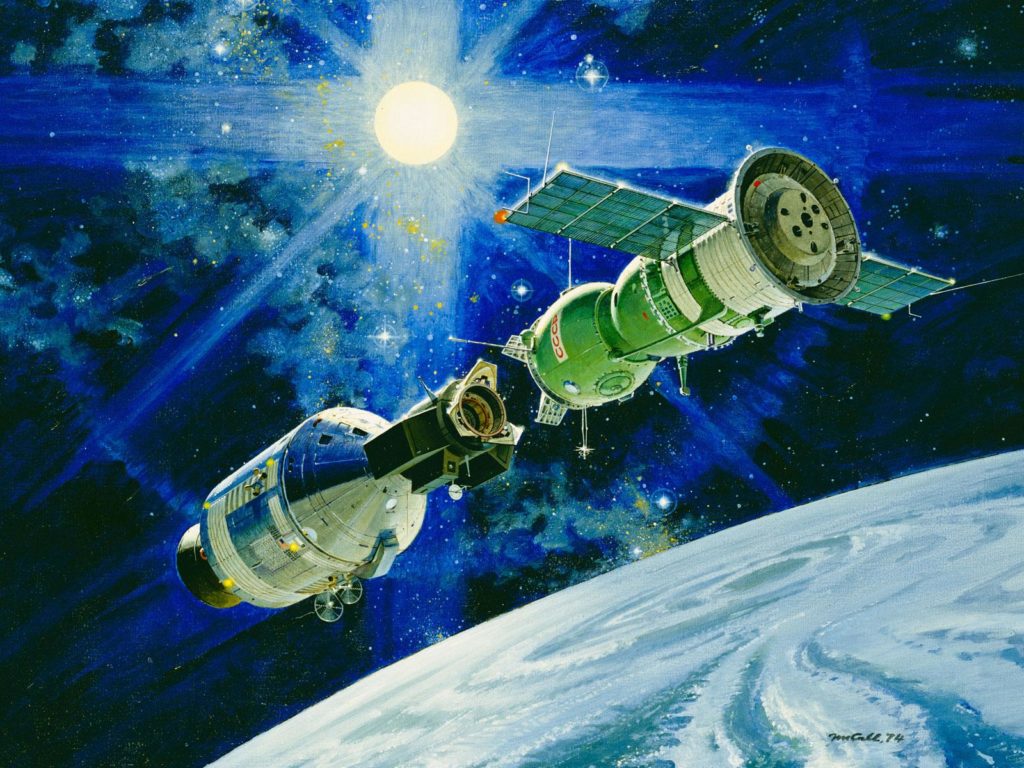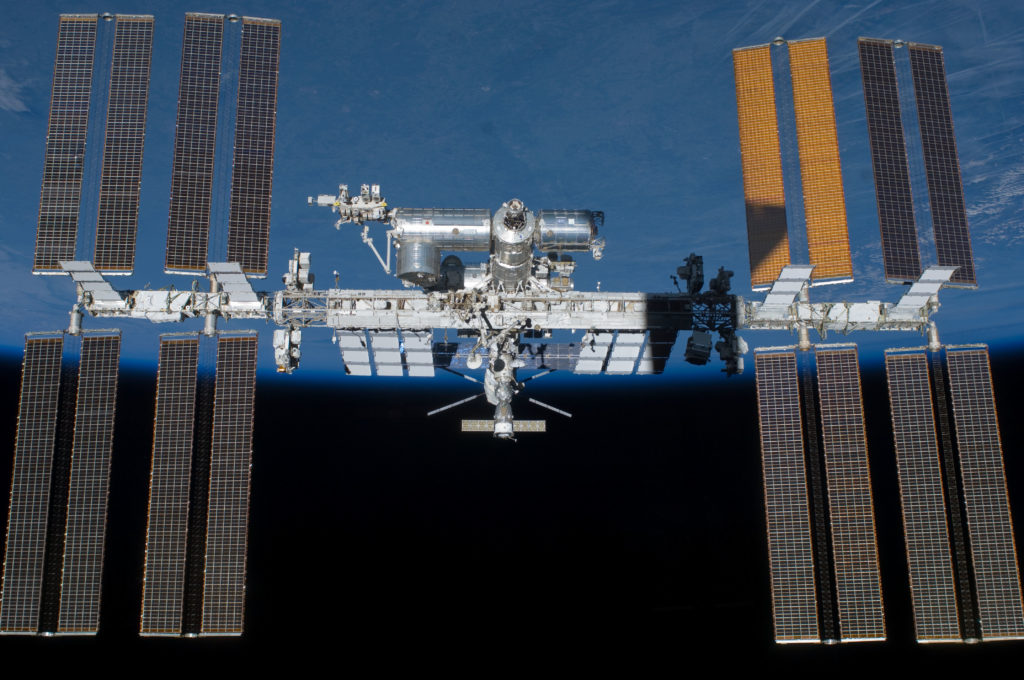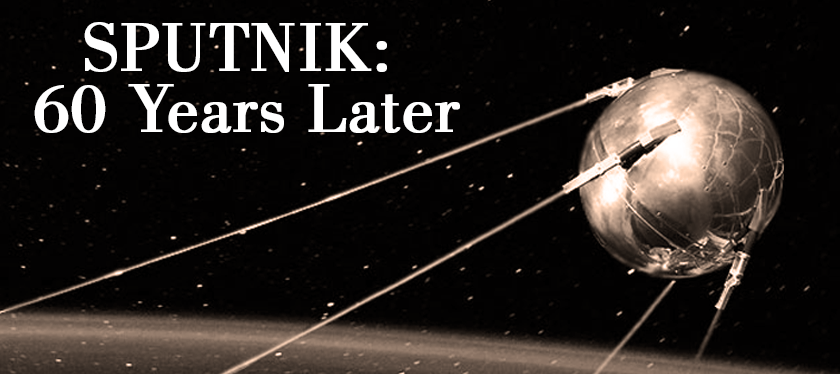
Automated
Guess who turned 60? Sputnik I! On Oct. 4, 1957, the Soviet Union made history when it launched the world’s first artificial satellite from the Baikonur Cosmodrome in what is now present-day Kazakhstan. Merely the size of a medicine ball and weighing approximately 189 pounds, it took 98 minutes for Sputnik to complete one orbit of Earth. The satellite lasted 21 days in orbit and burned up in the atmosphere three months later.
Plans for the Sputnik launch date back to 1952, when the International Council of Scientific Unions determined an 18-month period between July 1957 and December 1958 as the International Geophysical Year (IGY) – the ideal time to launch artificial satellites to map the Earth’s surface. In 1955, the U.S. decided to launch its 3.5-pound Vanguard satellite as part of the IGY during 1958. But, the U.S., and frankly the entire world, was caught off guard when the U.S.S.R. was the first to launch with Sputnik I, which was 10 times the size of Vanguard. Sputnik was visible with binoculars before sunrise or after sunset. It also transmitted radio signals back to Earth strong enough to be picked up by amateur radio operators. While admired for its technical achievement, though, the public feared the successful Sputnik launch signaled the country’s ability to also launch ballistic missiles that could carry nuclear weapons from Europe to the U.S.
While first seen as a Cold War tactic, Sputnik ushered in the dawn of something much bigger – the Space Age. This 60-year period has spawned rapid technology development, scientific advancements and international collaboration … all in the name of space exploration.
The Race Is On
Nearly four months after Sputnik, the U.S. launched its first satellite, Explorer I, and officially established the National Aeronautics and Space Administration (NASA) in July 1958. And so, launched the space race between the U.S. and the U.S.S.R. In April 1961, Soviet cosmonaut, Yuri Gagarin, became the first man in space. The U.S. countered one month later when it sent Alan Shepard into space as part of Project Mercury, which was later followed by John Glenn’s first orbital flight aboard Friendship 7. NASA then moved on to Project Gemini, aimed at developing capabilities to accomplish longer-duration flight.

Figure 1: Explorer 1 was the first U.S. satellite and the first satellite to carry science instruments. Credit: NASA
While successful, the U.S. still trailed the U.S.S.R. in terms of technology development. However, that changed with the launched of the Apollo program. Boasting the largest rocket ever made, the Saturn V, NASA’s Apollo program put 12 American astronauts on the Moon, inspired a generation and finally established the U.S. as the world leader in space technology and development.
Joining Forces
Recognizing the possibilities when two powerhouses join forces, the U.S. and the U.S.S.R. set their sights on a collaborative manned mission. In 1975, the Apollo-Soyuz Test Project became the first spaceflight in which spacecraft from different nations docked in space. This mission included scientific experiments and engineering analysis between the two countries that served as a launch pad for future joint projects, most notably the Shuttle-Mir program and the International Space Station (ISS), the beacon of international collaboration.

Figure 2: Rendering of the Apollo-Soyuz Test Project in Orbit. Credit: NASA
Six Decades of Space Technology Benefits
Since Sputnik, more than 6,600 satellites of all sizes have been launched into space, providing key support to humans on Earth, including:
- Ability to highlight and monitor the intensity of storms
- GPS tracking for military and personal use
- Using imagery from satellite programs such as Landsat to benefit wildlife and track environmental impact of natural disasters
- Global connectivity through internet and mobile broadband services
- Interplanetary exploration to yield a deeper scientific understanding of our solar system (i.e., over the past 40 years, the Voyager 1 and 2 satellites have explored Jupiter, Saturn, Uranus and Neptune, along with 48 of these planets’ moons and the unique system of rings and magnetic fields these planets possess)
The most famous satellite is the ISS. The orbiting facility serves as a platform for testing new technology to enable deep space exploration. It also hosts valuable scientific research that unveil additional benefits to life on Earth and help us better prepare humans for the impact of long-duration spaceflight.

Figure 3: The final configuration of the International Space Station, completed in 2011. Credit: NASA
Beyond satellites, though, overall general advancement within space exploration has led to numerous technology spin-offs with worldwide impact – from medicine, transportation and public safety to the environment, information technology and industrial productivity, and many more in between.
It’s Only the Beginning
While we have made significant progress in space technology and development since Sputnik, there is still so much more to uncover. Each year, more commercial companies are bringing cost-effective and innovative solutions, such as a.i. solutions’ FreeFlyer® Software, for accessing space to the table. For example, satellite constellations are on the horizon with companies planning to launch a family of satellites to ensure global connectivity. This would provide critical support to those who need it most, including rural communities, impoverished countries, first responders and those impacted by natural disasters. NASA’s GSFC is developing satellite technologies, such as the Restore-L project, to inspect and service other satellites currently in orbit. On-orbit manufacturing could be one of the next innovations to come online, thereby lowering the cost to access space.

Figure 4: NASA’s Restore-L is a robotic spacecraft equipped with the tools, technologies and techniques needed to extend satellites’ lifespans – even if they were not designed to be serviced on orbit. Credit: NASA
The world is a different place than it was 60 years ago when Sputnik catapulted into space. The advancements we’ve made and knowledge we’ve gained by exploring space are incredible. Imagine what the next 60 years of space technology and collaboration have in store for life on Earth and beyond.



